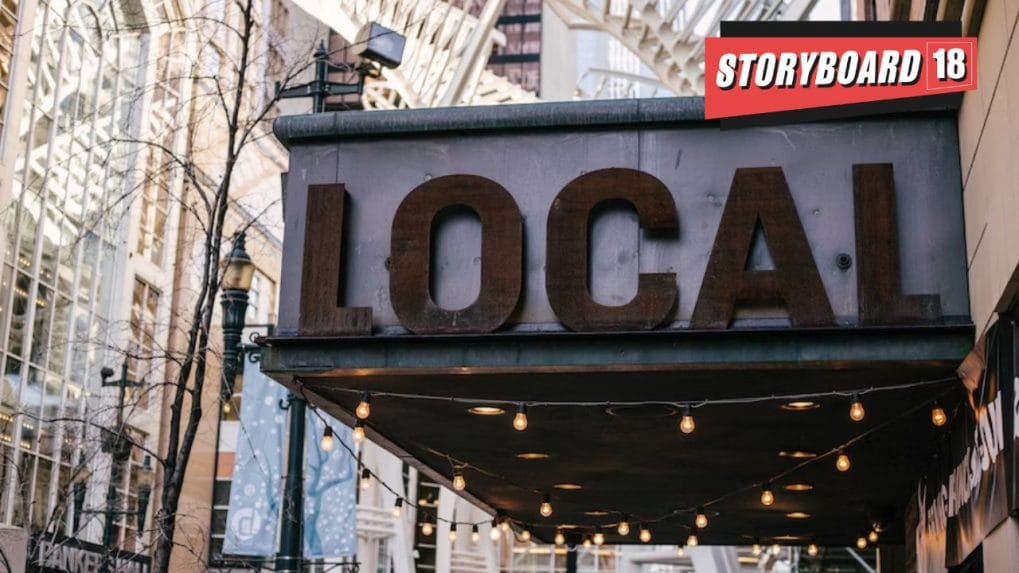Vocal for local: Tips for brands on local targeting
Local targeting can play an effective role to bridge the gap between brand owners and local consumers. It can also play an important role for people making purchases within their reach. This can benefit the brands.
ADVERTISEMENT
The concept of ‘Vocal for Local’ began with the Swadeshi Movement but now in the 21st century, it has been enhanced in terms of local targeting of consumers. This is because ‘Vocal for Local’ or ‘Atmanirbhar Bharat’ focuses on making India a completely digitized nation wherein, it validates local targeting and helps marketers to give their brands a voice.
Targeting local audiences can efficiently bridge the gap between local consumers and brand owners since people choose their nearby stores to make essential purchases wherein, reaching them in the comfort of their locations can really make a difference in the brand’s presence. Local targeting has now become much easier because of the availability of smartphones and penetration of the internet in India’s tier II and tier III cities which has also increased online consumerism. This is because, with smartphone effectiveness and high-end internet, there is no barrier to information flow thus, people tend to consume more online content. Hence, now is the time to tap and target the local audiences as they have a lot of potential to easily get aware and convert, being mobile-first where marketers can showcase the offerings to the consumers who have shown interest in the brand from specific locations.
How local targeting can benefit India’s digital economy
Local targeting enables brands to select specific locations for the ads to be shown; based on which it gets displayed only to the netizens who have shown interest in the brands in certain locations. It is fuelling the country’s economic growth because of the blend of technological infrastructure with mobile friendliness which has also brought a revival in India’s tier II and tier III nooks and corners.
Moreover, vocal for locals has come like a souvenir for brand owners since it aims to increase domestic manufacturing and product usage for which several government policies such as Digital India, Start-Up India and Make in India have been created. This is why; today, nearly 50 percent of the Indian start-ups are based out of tier II and tier III cities that are also effectively driving the socioeconomic transformation on a global scale, a media report cites.
Hence, I would like to say that local targeting can be a great initiative for better ROAS (Return on advertising spends) because people can be aware and become familiar with the brand by which Indian brands effectively stand out in the global markets and online marketplaces too. This practice can further be enhanced by leveraging vernacular marketing as it helps marketers give their brands a powerful voice that develops a personalised connection with consumers.
It's true that every brand has a story to tell, so telling yours in a vernacular way with a help of personalised content to better resonate with the audience of your wants in their native lingo can drive traction with accelerating sales. Native language depicting a story has more users’ readability and influences their choices as they better understand the online content in it which also delivers an enriching mobile experience with customised targeting options and builds a connection between advertisers and audiences.
This can also drive incremental brand presence and people from international markets prefer to invest in Indian brands to make the most out of it. Alongside this, vernacular and local targeting can also facilitate brands to compete at international standards in terms of quality and fits the pocket sizes of the people in terms of prices as well. As, it often develops a trust factor between local consumers and brand owners which empowers local products and increases their availability, again leading to India’s digital economy.
Marketers can benefit from local targeting
Local targeting encourages netizens to take action on homegrown businesses which helps in keeping capital in the country itself and can drive revenue of 49.16 billion USD by 2026 (source: Statista).
This can nurture brands to rise and grow with their complete potential within the country which could be a golden opportunity for marketers since they will be supported by the government as well. In fact, it has also announced some measures for MSMEs to carve their strong footholds due to which, this year a share of 21 percent can be observed in the digital world (source: Statista).
Role of digital media and advertising to achieve this vision
Digital media and advertising play an important role in helping marketers to achieve their local-vocal vision and give the brands an extra edge in the digital landscape. This is because brands aligned with digital mediums would surely go a long way in creating offerings and opportunities for consumers to select homegrown products and services.
Hence, it can be said that brand promotion has become an integral part of digital marketing wherein, marketers can better get to know their local audiences, their choices, preferences and expectations from the brands. Based on this, marketers can tap and target the audience that converts and drive quality ROAS.
Therefore, I would like to suggest marketers, SMEs and MSMEs to incorporate local targeting in their advertising campaigns to take their homegrown brands into the global market with better reach, recall and recognition.
Alok Pandey is the vice president - sales and marketing at Xapads Media.

